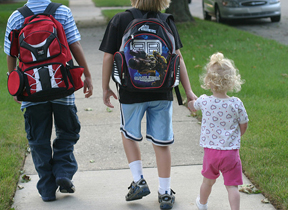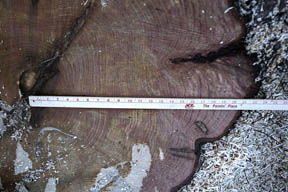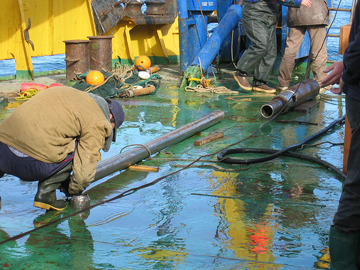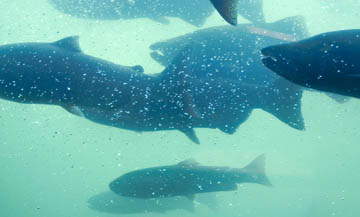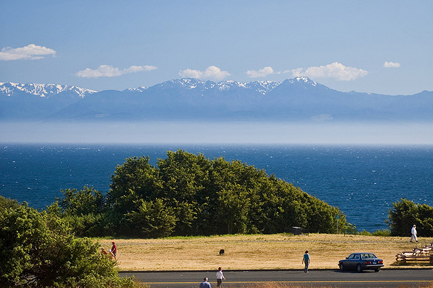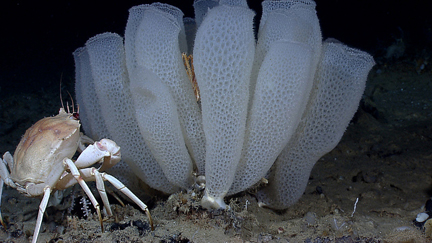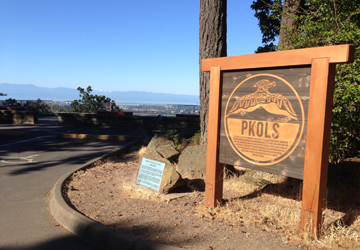
Atop Mount Douglas—PKOLS—Victoria, BC.
When University of Victoria anthropology and computer science students joined forces in 2011 with the Hul’qumi’num Treaty Group out of Ladysmith and local Elders to develop a video game, they were furthering the concept that names confer power and presence.
In the game, players embark on a virtual journey through Coast Salish landscapes, and explore uses of the land, historic place names, and traditional knowledge through video, audio, maps and photographs. Based on an earlier board game developed by the treaty group, the game serves as a step towards reclaiming culture, history, and presence in the region.
It followed two significant events in which First Nations cultural geography on the coast was reclaimed. In 2009, B.C.’s Queen Charlotte Islands were officially renamed Haida Gwaii as part of a historic reconciliation agreement between the province and the Haida Nation, and in 2010, the coastal waters off the province’s south coast became known officially as the Salish Sea.
Last year, the progression towards reclamation took another step. Local First Nations publicly proclaimed PKOLS as the original name of Mount Douglas, a site of cultural significance. They held a ceremony on the mountain, and commemorated the mountain’s deep roots in their history with a carved cedar sign near the summit. They have submitted a formal request to B.C.’s Geographic Names Office to have the old name reinstated.
They also announced plans to reclaim Mount Newton within their historical and cultural geography of place names. The mountain, or ȽÁU,WELNEW (place of refuge) is sacred as the site where the Saanich people escaped a great flood about 10,000 years ago.
Names are much more than mere labels. They signify culture and history. They indicate relationships and responsibilities between people and provide glimpses into long-held knowledge. They denote connections between people and places.
Benign or otherwise, renaming causes what existed before to be filtered through a new lens. It can obscure prior relationships, and even erase them….
Read the rest of this editorial at the Victoria Times Colonist….

